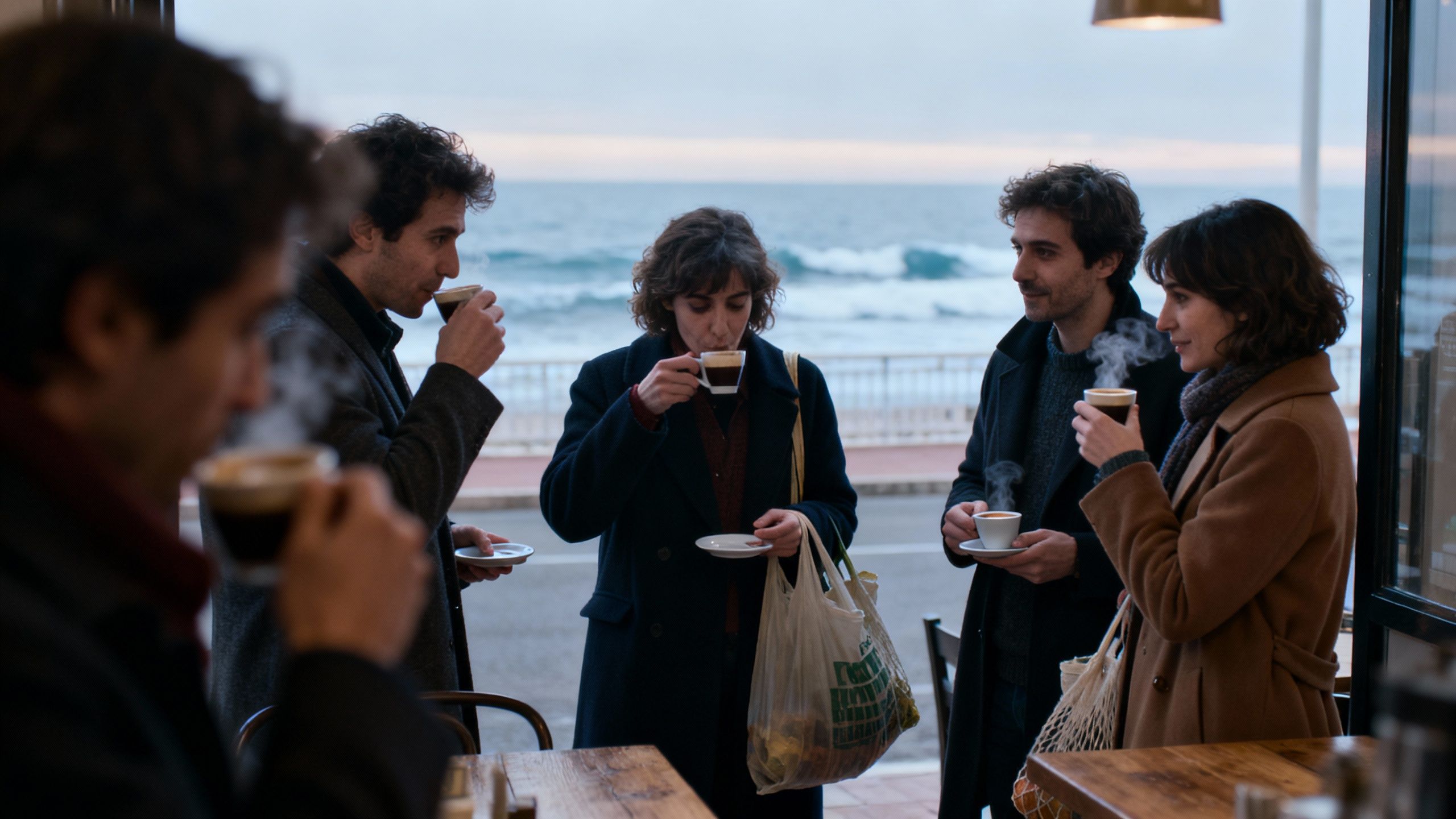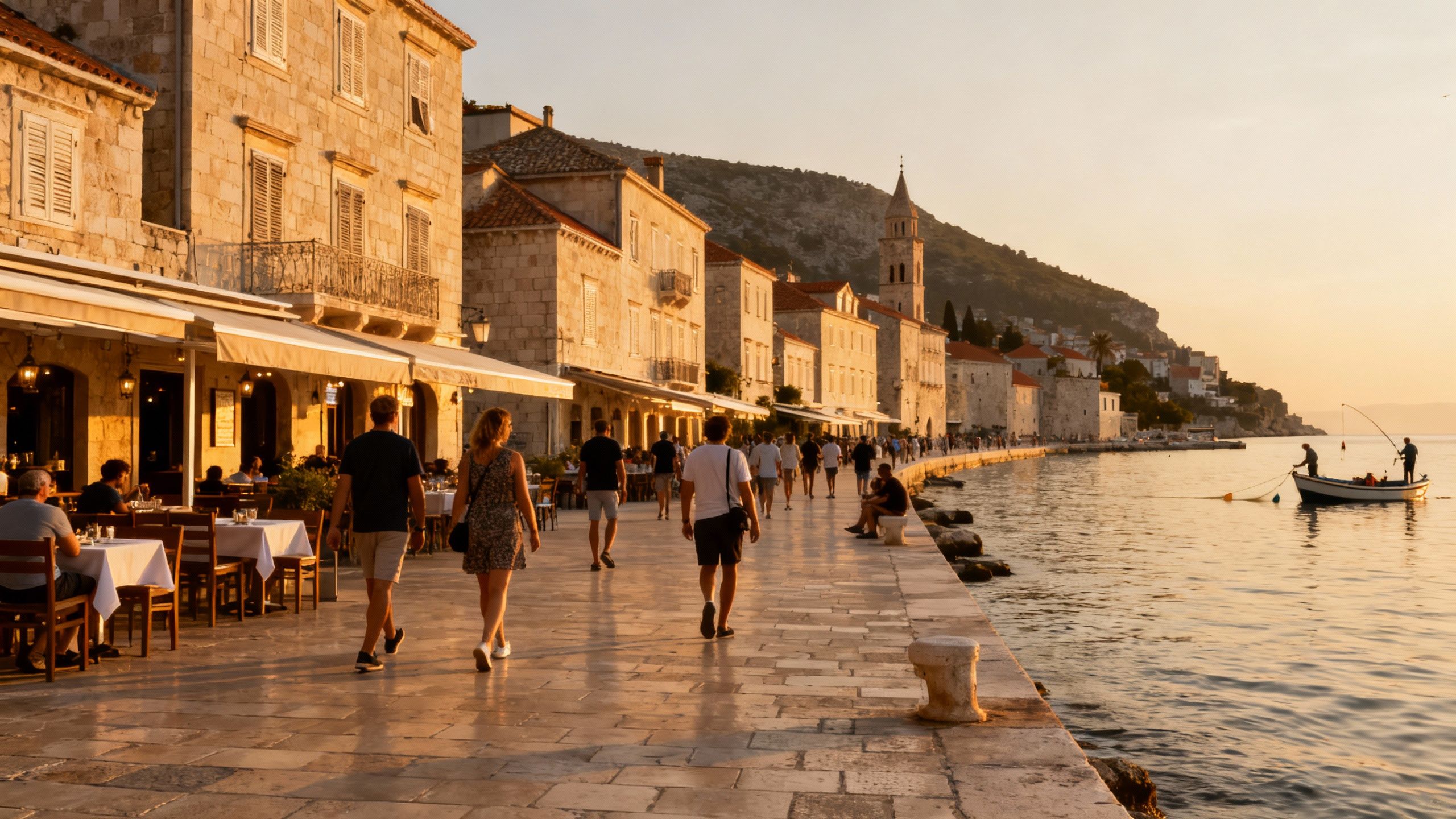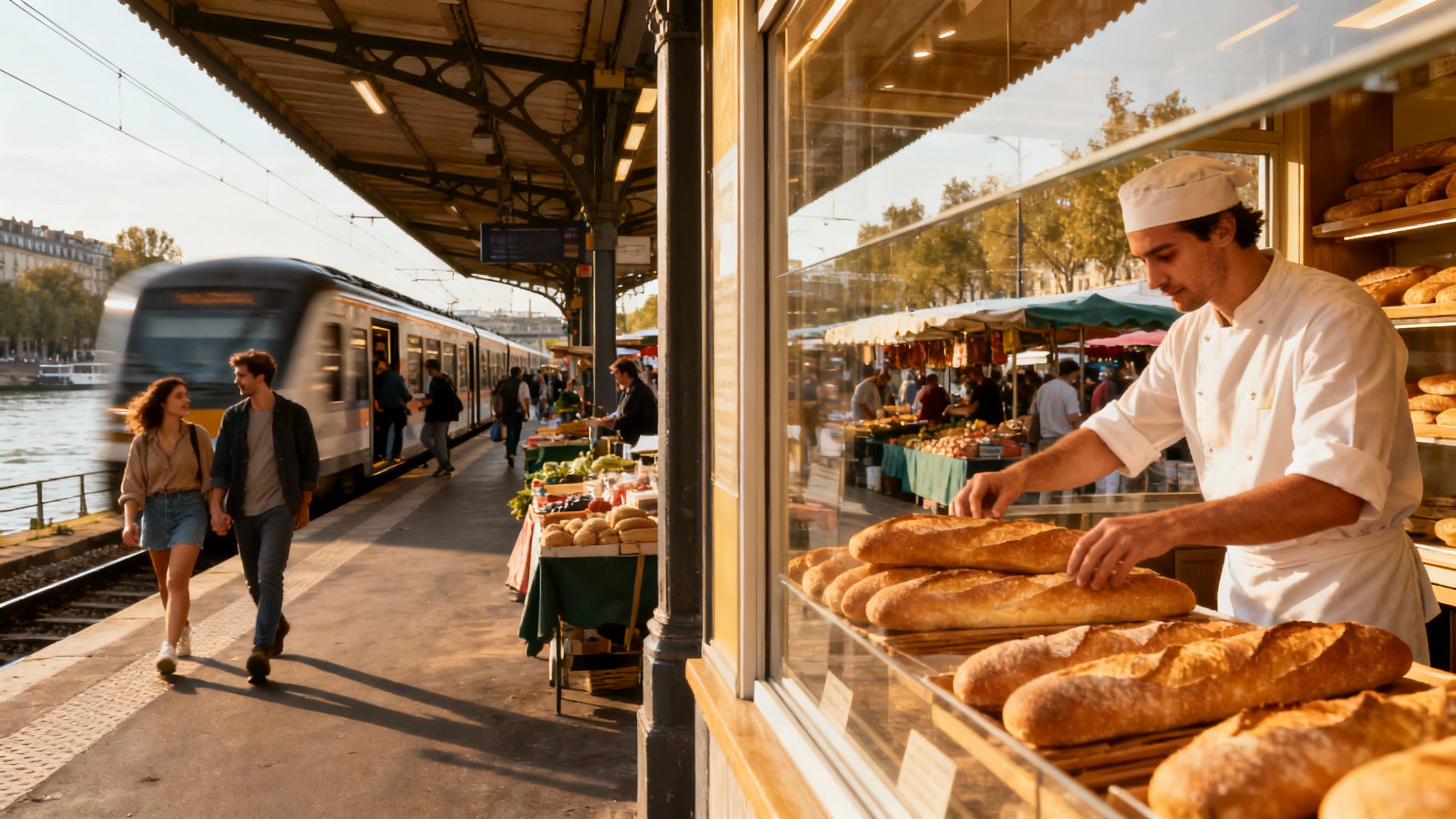Italy’s Coastal Life: Lifestyle Benefits and Purchase Realities
Italy’s coastal life blends daily rituals and seasonal markets; buyers should balance lifestyle desires with tax, legal and seasonal market realities. Verify costs, use local experts.
Imagine waking to a short espresso run on a cobbled street, the sea visible beyond a row of umbrella pines, then returning home through a market where the fishmonger knows your name. Italy rewards small daily rituals: cafés that open at dawn, piazzas that gather neighbours at dusk, and suburban cycles where life spills outdoors in summer. For international buyers drawn to Marbella and the Costa del Sol lifestyle, Italy offers similar coastal rhythms but different legal, tax and market mechanics. The scene is persuasive; the purchase must be prepared.
Living the Italy lifestyle
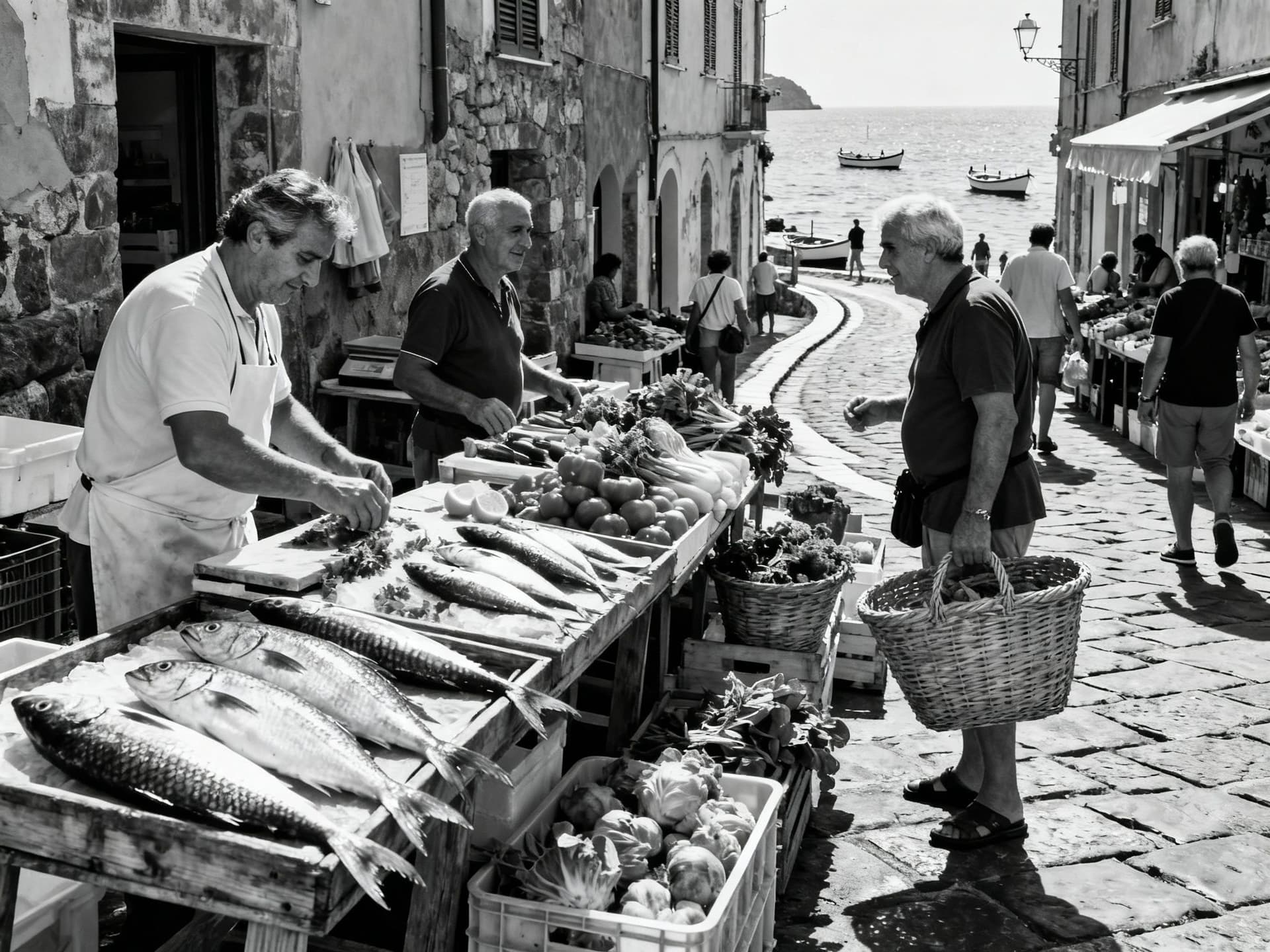
Daily life in Italy is shaped by seasonality and scale. Northern coastal towns like Liguria move at a measured pace with year-round services; central Adriatic resorts are lively in summer and quiet the rest of the year; southern coasts and islands combine vivid summer economies with closer-knit year-round communities. Population trends and ageing are real factors in local service provision and rental demand—data from national statistics show a slowly ageing population and uneven regional dynamics that affect local markets. These patterns matter when you choose where to live and how to use a property: primary residence, seasonal retreat, or rental investment.
Coastal neighbourhoods and signature streets
In Liguria, towns such as Santa Margherita Ligure and Camogli keep a compact, pedestrian-friendly core with terraces, narrow alleys and harbourfront promenades. On the Amalfi Coast, Positano and Ravello trade scale for dramatic views and steep streets that favour terraces over gardens. Puglia's Salento offers low-rise stone houses and wide beaches; Sicily's coastal towns combine baroque squares with strong local culinary identity. Each micro-location alters daily routines—parking, deliveries, and accessibility change the lived experience as much as the view.
Food, markets and weekend life
Weekends rotate around markets, family lunches and small festivals. In Naples, a morning coffee can be followed by a mercato visit on Via Toledo; in Tuscany, open-air farmers’ markets and enotecas structure the weekend. Dining is local and seasonal—shellfish and fritto misto along coastal towns, grilled vegetables and simple pastas inland. If you value daily food rituals and a public social life, these are everyday benefits; if you prize privacy and anonymity, seek quieter suburbs or modern developments with private amenities.
- Lifestyle highlights
- Morning espresso and cornetto at neighbourhood bars in Genoa, Santa Margherita, or Amalfi
- Weekly fish and vegetable markets—Rimini market, Palermo’s Ballarò, and Florence’s Mercato Centrale
- Coastal promenades and sailing clubs from Trieste to Sicily
- Seasonal festivals— patron saint days, food fairs, and open-air concerts
Making the move: practical considerations
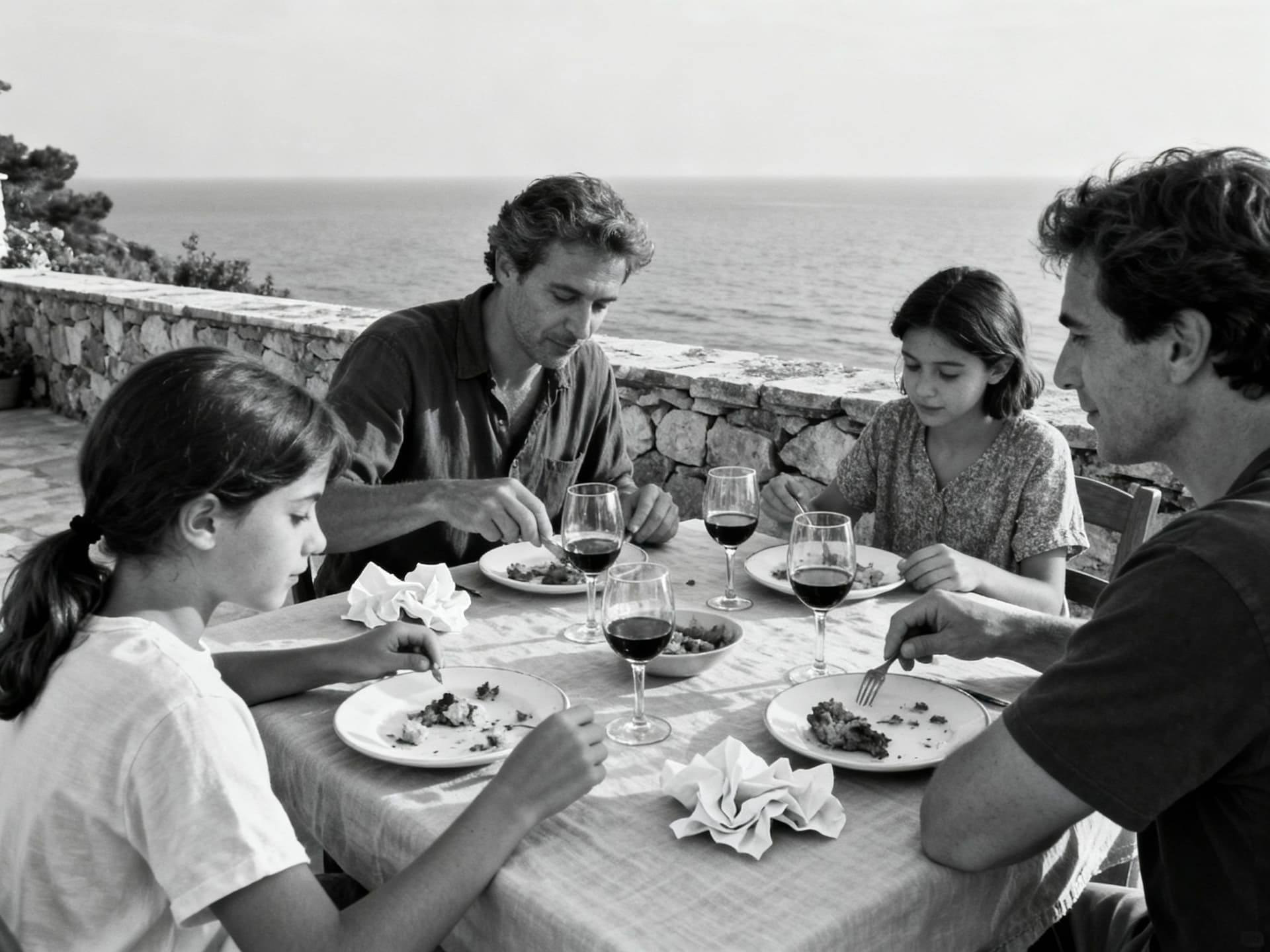
Lifestyle choices quickly encounter Italian legal, tax and procedural specifics. Purchase taxes, registration duties, cadastral adjustments and notary responsibilities vary by whether you buy as a primary residence or as a second home. Working with an agent or legal adviser who explains the difference between imposta di registro and imposte ipotecarie e catastali avoids surprises at closing. Budget for taxes and transfer costs before you make an offer; they commonly add several percent to the price.
Property styles and how they shape daily life
Stone sea-view villas offer terraces and gardens but demand maintenance and can sit on steep plots with access constraints. Seafront apartments prioritise convenience—short walks to cafés and the marina—but often have higher condominium fees and less private outdoor space. Restored townhouses blend character and centrality but require careful checks on structural, seismic and heritage constraints. Choose a property type that matches daily routines: prefer terraces and storage if you plan frequent, informal outdoor living; prefer compact, low-maintenance apartments if you travel often.
Working with local experts who understand lifestyle needs
A local agency familiar with neighbourhood rhythms will advise on sunlight, sea breezes, seasonal noise and parking—factors that rarely appear in listing photos but decide daily satisfaction. For coastal properties, request seasonal utility bills and condominium meeting minutes to understand running costs and dispute history. Engage an Italian solicitor (avvocato or notaio) early to clarify title, easements and seismic compliance. Your advisor should also explain the practicalities of a Fiscal Code (codice fiscale) and how residency affects tax treatment.
- Steps to align lifestyle with purchase
- Confirm your use case—primary residence, holiday home or rental—and compare tax regimes accordingly
- Request seasonal service and utility records from the seller to estimate real running costs
- Order a technical survey and seismic compliance report for older stone structures
- Agree on an escrow and clear notary timeline before signing preliminary contracts (compromesso)
Insider knowledge: what expats wish they'd known
Experienced expats emphasise three practical realities: paperwork takes time, local relationships matter, and seasons change value. Market data show a modest recovery in transactions and price growth in 2024 and early 2025, but conditions vary sharply by city and province. That means a property that looks attractively priced in a smaller coastal town can still deliver low rental demand outside high season. Verify demand drivers—year-round employment, transport links and healthcare access—before assuming steady rental yields.
Cultural integration and daily social life
Language matters: even modest Italian opens doors in markets and municipal offices. Local clubs, volunteer activities and weekly markets remain the fastest route to community. Expect slower administrative responses than in northern Europe; plan time for permit renewals, residency paperwork and utility changes. For families, research schools and healthcare catchment areas in advance—local municipal websites and regional health authorities provide definitive lists and enrollment procedures.
Long-term lifestyle and practical considerations
Think in five- to ten-year horizons. Coastal towns can gentrify quickly as infrastructure improves; conversely, towns reliant on seasonal tourism can stagnate. Consider maintenance budgets for historic façades, earthquake retrofits, and condominium reserves. If you plan to rent, factor in tourist tax rules and short-term rental regulations which differ by municipality and can change rapidly. A prudent buyer models multiple scenarios rather than assuming yesterday’s yields repeat.
Conclusion: the lifestyle is real; the purchase requires discipline. Italy delivers textured daily life—markets, cafés, coastal light and culinary certainty—but each advantage comes with regulatory and seasonal trade-offs. Start with a clear use case, gather municipal and tax information early, and appoint local technical and legal advisers who can translate lifestyle preferences into durable property choices. When lifestyle and process align, your move from imagining to living becomes a measured, confident transition.
British expat who relocated to Marbella in 2012. Specializes in rigorous due diligence and cross-border investment strategies for UK and international buyers.
